What is lacobel and where is it used?
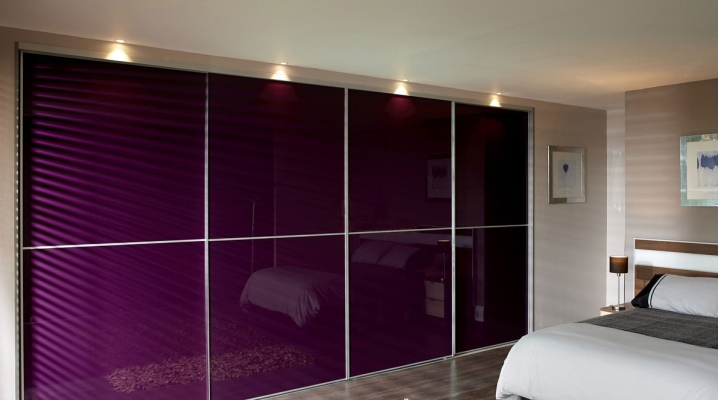
The strange name "lacobel" refers to colored decorative glass from which the facades of sliding wardrobes, interior doors, wall decoration and elements of some furniture are made. Glass, like its name, is tricky. What it is, what it looks like, what is its advantage, we will tell you in our article.
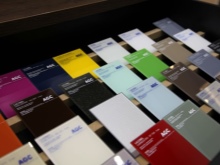
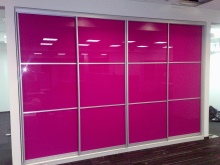

What it is?
Glass obtained by the float method is used to make the lacobel material. This is when a molten glass mass is layered on a thin layer of low-melting metal.
To make a lacobel, one side of the polished glass is covered with a layer of colored enamel. The products become opaque. From the side of staining, the canvas looks glossy and bright, on the back the surface acquires an even matte shade.
The appearance of such products, with its deep saturated color and luster of varnish, has a significant difference from ordinary glass processed with a self-adhesive film (oracle).
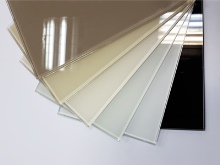
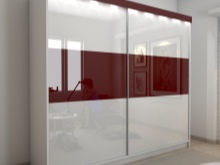
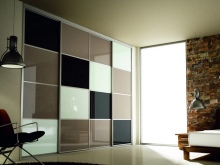
Gloss shine is not the only property of this product. Produce matte, stained glass, satin options. Any model effectively transforms the interior, turning it from standard and boring to modern and colorful.
The graceful images that are applied on the smooth or amalgam side of the panel give particular value to the glass monolith. It is produced by sandblasting on a special machine, using a thin stream of air with quartz sand, directed under strong pressure.
The jet breaks the glass surface, matting it in the form of a pattern. The degree of pressure and grain size of the sand is regulated, thereby fragmentary or continuous matting occurs. Depth application makes it possible to obtain a picture in volume.

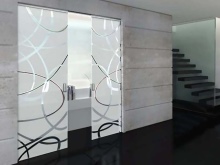
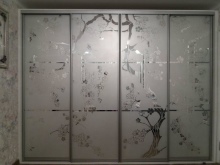
There is another way to produce an image. You can initially superimpose a picture, and then cover it with paint and varnish material, allowing the picture to be viewed from the opposite side of the transparent glass.
The third option allows you to get the opposite effect. To achieve an image, a layer of colored varnish is removed from the amalgam side in the places of the lines of the drawing. This makes it possible to make the picture transparent against the background of colored glossy glass.
There is also a fourth way to apply a pattern - by the method of metal melt. The process takes place with the help of modern innovative technologies, while the glass panel does not change its thickness and smooth texture.
Optical distortion does not occur, the reflectivity of the product remains at its best.
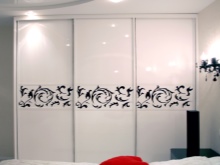
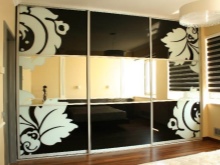
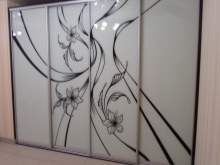
Working with the application of an image in any way is quite complicated, requires special technical means and skills, which significantly increases the cost of a glass panel. But the originality and showiness of the cabinet with a stylish pattern will fully justify the investment.
You don't need to overpay - even without a picture, lacobel panels dramatically change the perception of the interior, disrupting the natural perspective of the space. Thanks to the bright reflective surfaces, the room acquires a special depth, conveys the unusual dynamics of movement of the people in it. The uniqueness of the design is created thanks to the magical play of light and shadow.

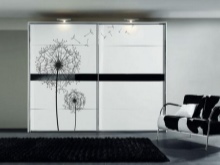
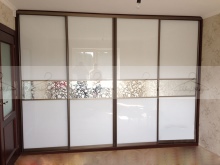
The advantages of colored glass are undeniable:
-
perfect smoothness;
-
deep color saturation;
-
a large selection of products that allows you to implement any design solution;
-
environmental Safety;
-
fire resistance;
-
the presence of water-repellent properties;
-
strength and durability;
-
UV resistance (does not fade);
-
easy to assemble;
-
care is no more difficult than for an ordinary glass product;
-
can be combined with any building and furniture material;
-
has a spectacular appearance;
-
creates the possibility of a unique transformation of the interior.
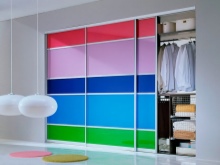
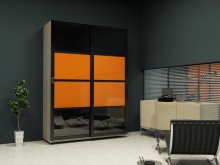
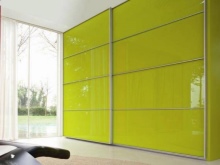
In fairness, it should be noted the disadvantages of lacobel panels. They are only suitable for modern design options. A cold surface cannot compete with the energy heat of wood, and glass is inferior in strength to many building materials.
Main characteristics
As we have already found out, the lacobel plate is painted on one side with paints and varnishes. The dye must be distributed over the surface with a uniform glossy layer. Products supplied for interior design are checked for uniformity of color coverage. On the amalgam side, the material must not transmit light anywhere.
The parameters of the slabs are set by the design project and supplied to the object in ready-made dimensions. Glass thickness is 4 or 6 mm. Factory standard products can have a seamless sheet format - 1605x2550 mm; 3200x2200 mm (depending on the company).
In the creation of lacobel products, organic, harmless dyes are used that do not contain heavy metals and toxic chemicals, which makes it possible to use the products even in hospitals and kindergartens.
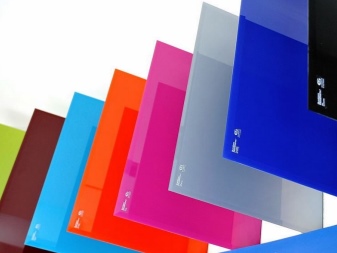
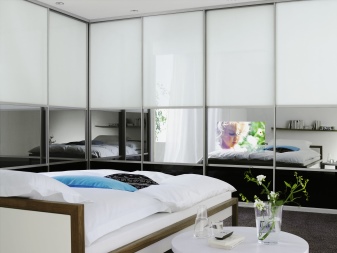
As an option, some types of lacobel glass are endowed with other characteristics.
-
A special SAFE and SAFE + film is applied to the amalgam surface. It protects the glass from scratches, and when broken, ensures the safety of others, since the fragments remain on the film.
-
Lacobel AB (AntiBacterial) glass resists fungi and bacteria. This type of slab is used in rooms with a high level of sanitary standards - hospitals, pharmacies, laboratories, as well as in swimming pools and bathrooms.


Applications
Decorative glass trim is used to decorate the interiors of private apartments and houses, as well as offices, shop windows, pharmacies and many other public buildings. Glossy panels are a great option for walls and zoned partitions. Premises only benefit from replacing interior door panels with lacquer surfaces.
Glass of different shades is perfect for decorating furniture facades - sliding wardrobes, headsets, closed shelves. Due to its moisture-resistant qualities, the products are used in bathrooms, they are used to cover countertops and walls in the kitchen, they use smooth surfaces for an apron instead of tiles.
Lacobel products look attractive in stained glass windows.
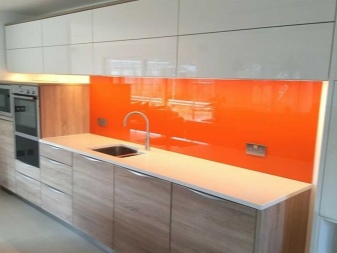
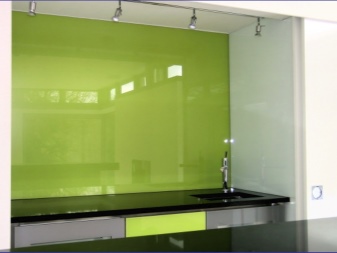
Options with a matte pattern enrich the sliding doors of rooms and wardrobes, look wonderful on tables, and decorate lamps with them. Images on colored glass enhance the appearance of skins and movable screens.
The spectacular decoration of interiors with glass panels can be seen in photographs of rooms for various purposes.

Living room:
-
lacobel glass is used in the design of a corner cabinet and a small table, and the window reflected in the furniture facade visually expands the space of the room;

-
bright three-color sliding doors of the built-in wardrobe play the role of an accent spot against the background of the calm tonality of the living room;

- glossy designer furniture in the attic is custom-made.
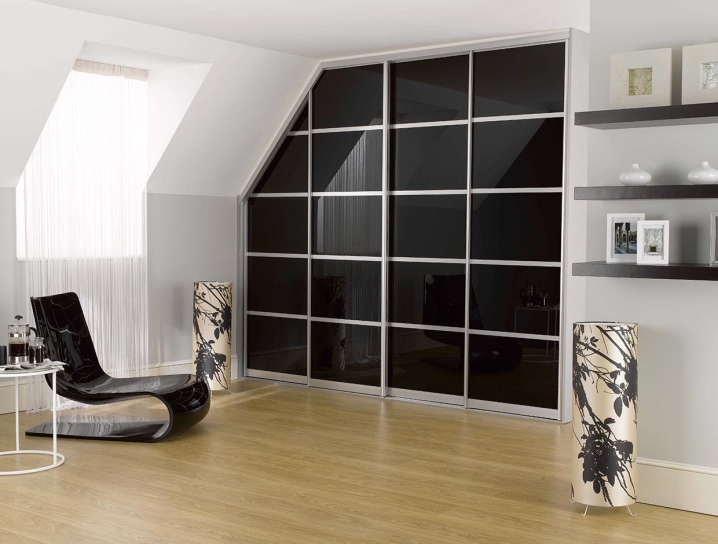
Bedroom:
-
the design of the bedroom is dominated by black and red shades, while the lacobel floor stand supports the interior theme;

- the amazing sheer gloss of the wardrobe reflects the room in the sliding door surfaces;
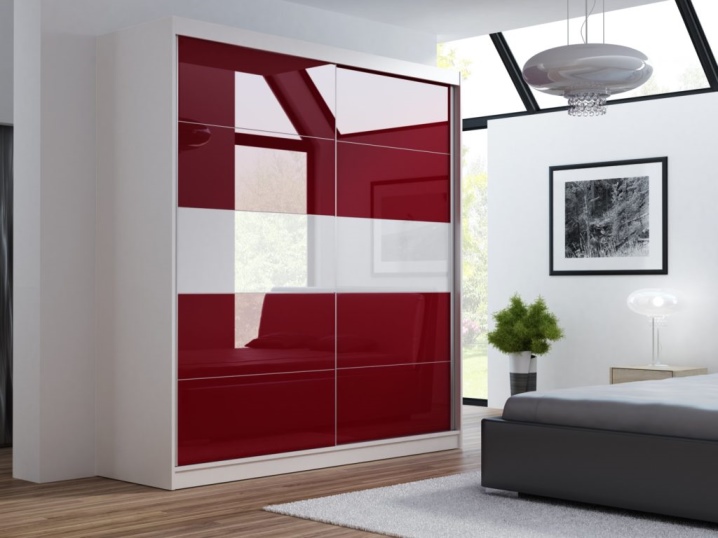
- The black and white bedroom furnishings make a strong impression, as if day and night are combined in one space.
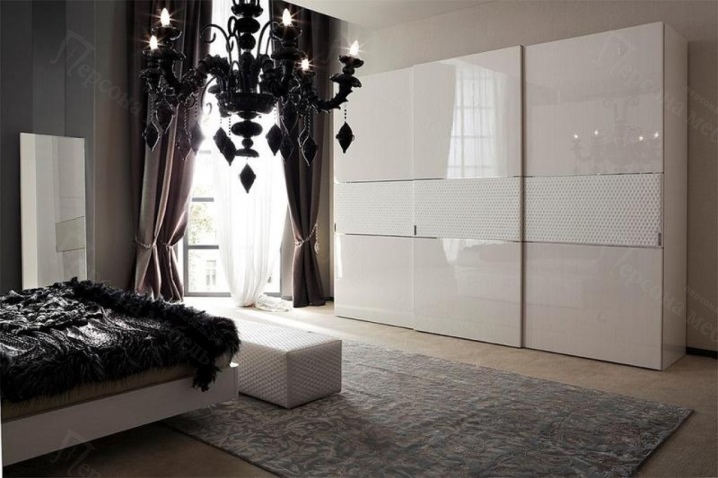
Children's:
-
a lacobel wardrobe with a picture of toys in the children's bedroom;
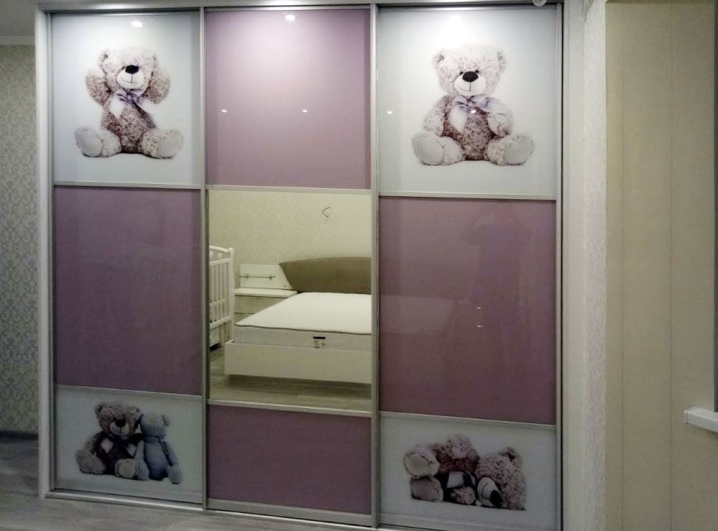
- positive children's room with bright colorful furniture.

Cabinet:
-
a spacious office room equipped with wardrobes and lacobel worktops;
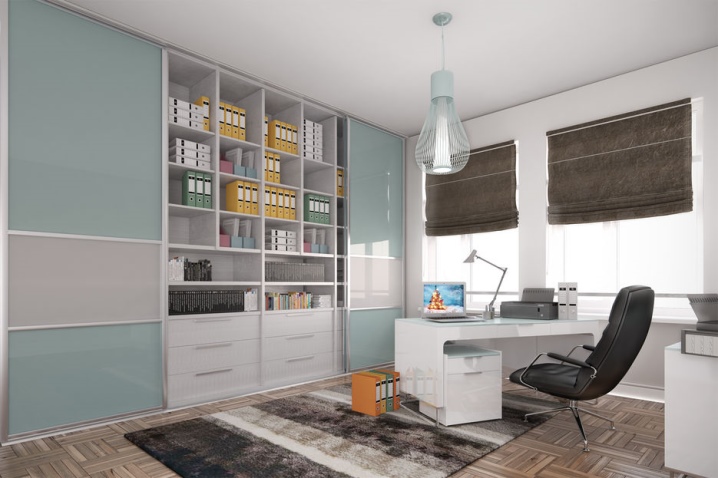
- home office in high-tech style with black glass.
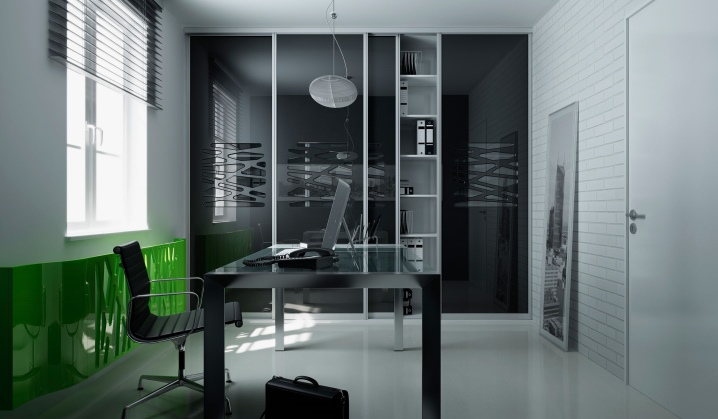
Kitchen:
-
the stunning reflectivity of minimalist furniture increases the volume of the room;
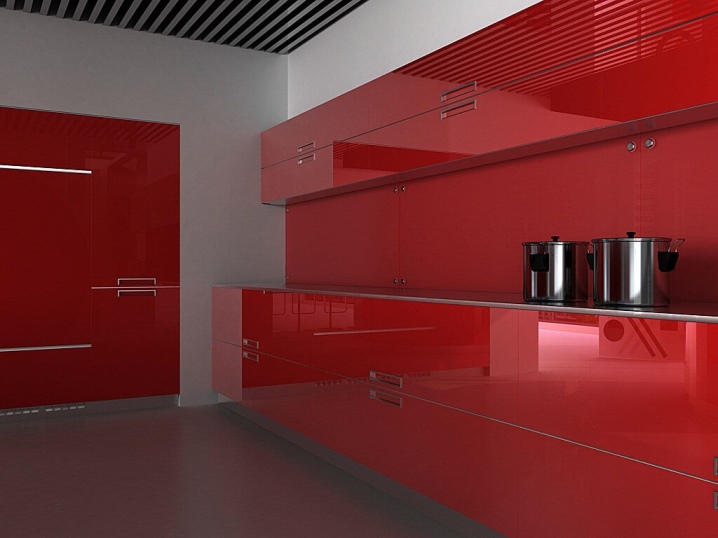
- the color of bright airy greenery on the work apron refreshes the gloomy facades of the kitchen.

Canteen:
-
a beautiful combination of matte and glossy door leaves;
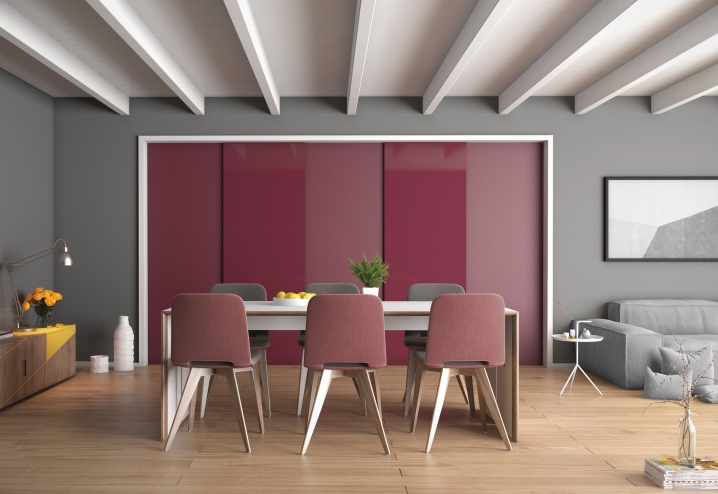
- the facade of the lacobel cabinet with a pattern in the form of a refined mesh.
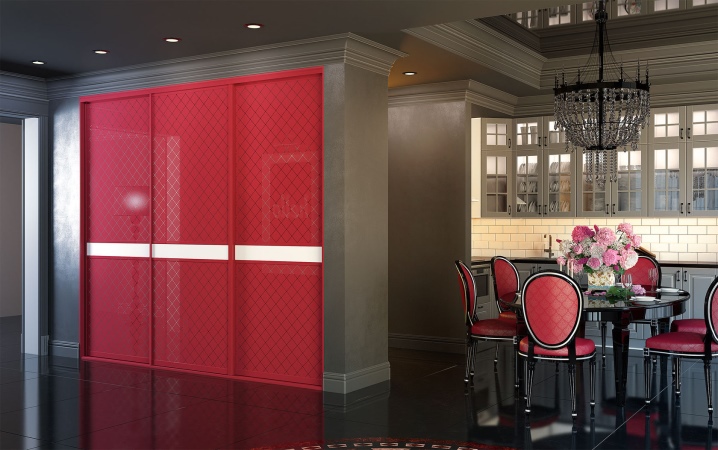
Hallway:
-
light shades of the hallway make the room soft and harmonious;
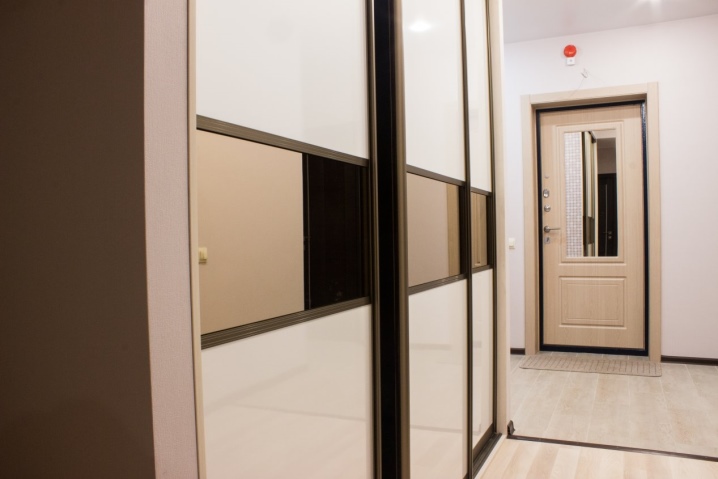
- mirror and gray abstraction on black glass add mystery to the interior.
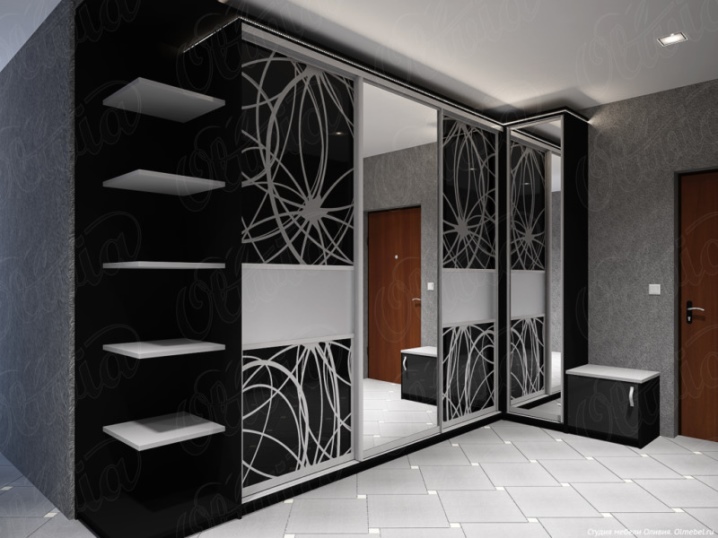
Bathroom:
-
amazingly beautiful decoration of bathrooms with red glass surfaces;
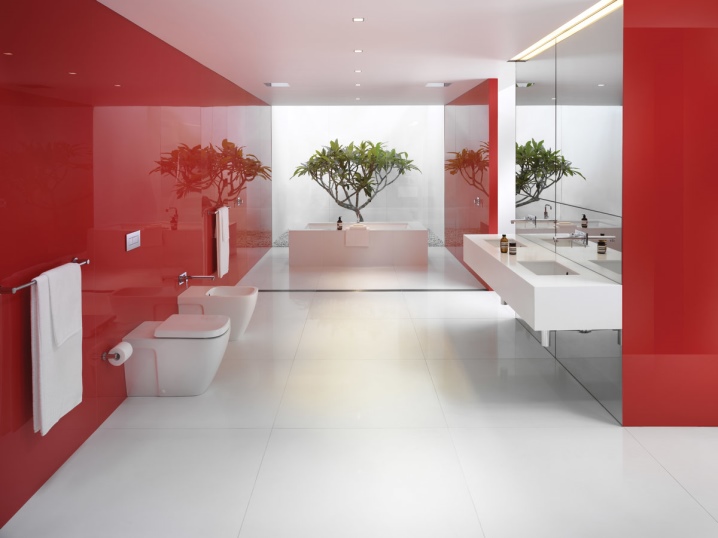
- red gloss in the bathroom combined with white gives the impression of complete sterility of the room.
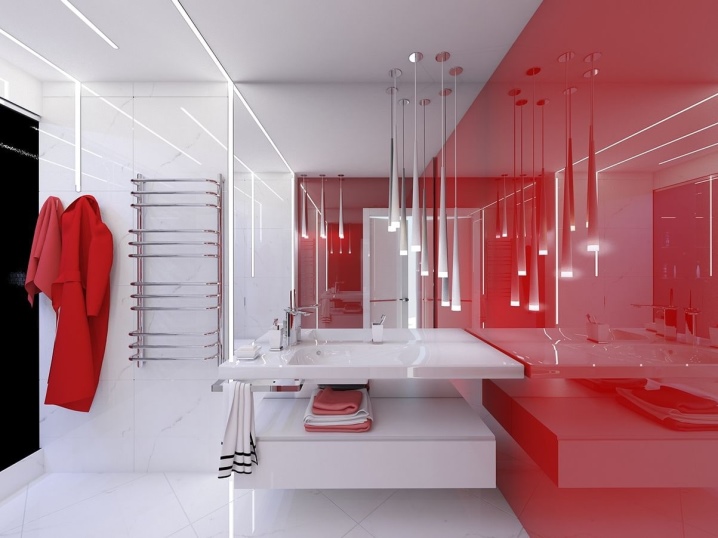
Balcony:
-
functional balcony cabinets contain tinted glass on the doors;
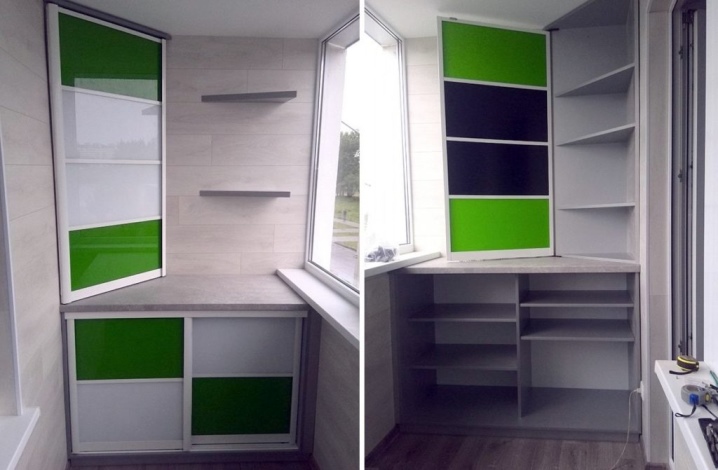
- white glossy surfaces push the boundaries of the narrow territory of the loggia.
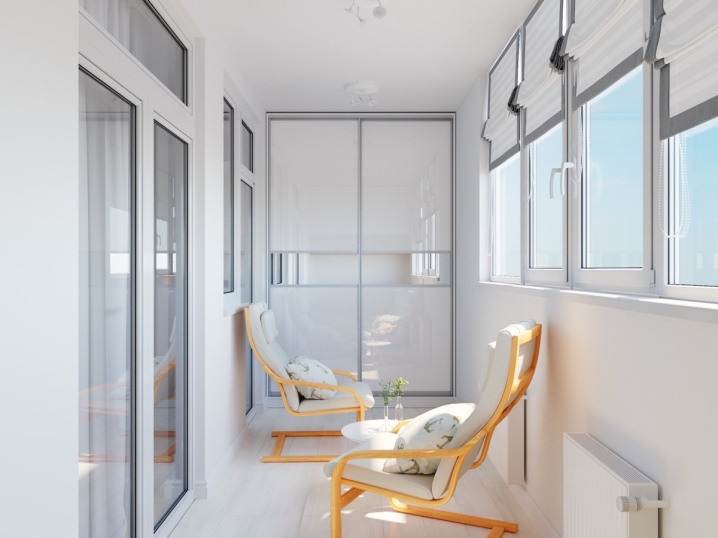
Lacquered glass creates mesmerizing modern interiors. But, unfortunately, bright products with a glossy shine will not suit historical and rustic styles.
Color spectrum
The color palette of lacobel glass, presented in the catalogs, is 20-35 tones. Each brand has its own shades, the exact number can be found on the websites of specific companies. All use basic tones - red, blue, green, yellow, brown, but their endless options may differ from brand to brand.
Classic black and white products do not look traditional in the case of lacobel panels. The sheer luster of glossy glass increases their value. Black furniture, stylish and austere, suits ultra-modern interiors. The pearly white gloss dazzles with its purity, it seems to glow and dissolve everything around. In the design of small rooms, it is often used to blur boundaries and get additional volume.
The beige shade looks soft and delicate. Combine it with muted gilded accents to create a stylish, sleek, modern interior.
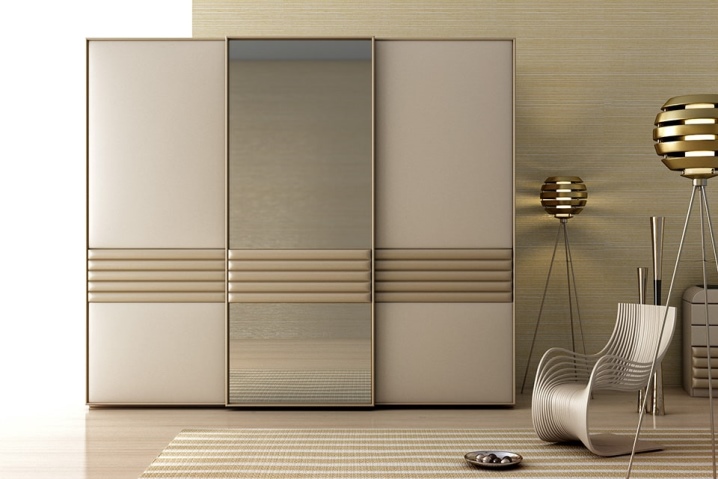
If you want to achieve the maximum reflective effect, you should choose a gray color, closer to the shade of graphite. The combination of furniture and stretch ceilings of this tone gives a double increase in space.
Bright lacobel colors add positive energy and energy. Using multicolor, you can cheer up, feel the joy of life.
A special theme should be noted the use of stained glass lacobel. A similar technique is used to decorate the facades of furniture, windows, interior partitions, they are used to decorate the walls:
-
framed stained-glass windows are used as paintings;
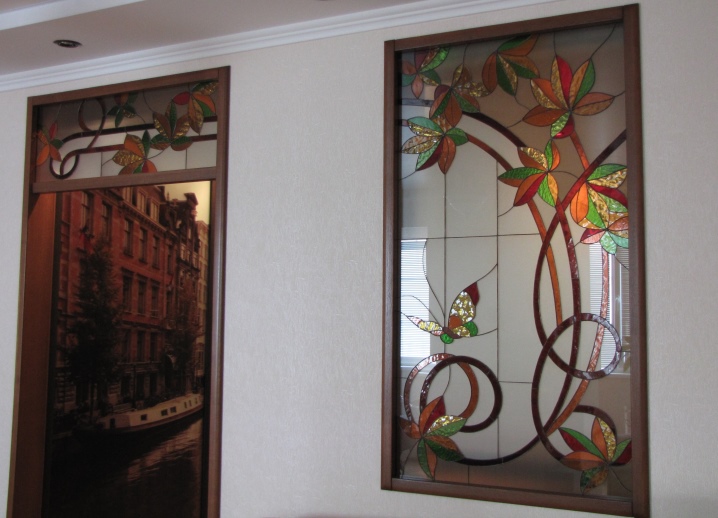
- mirrored surfaces of wardrobes are ideal for stained glass images decorated with a lacobelle technique;
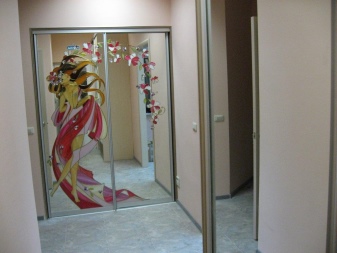
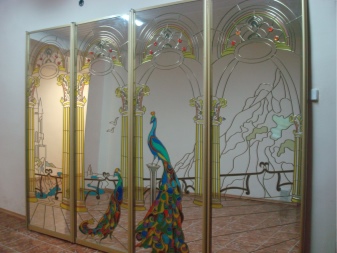
- windows with refined varnish-and-paint patterns on the glass seem to let the beauty of a summer garden into the room;

- interior doors with stained glass inserts become the dominant decor in the room;

- the floral theme is successfully presented on translucent zoning partitions;
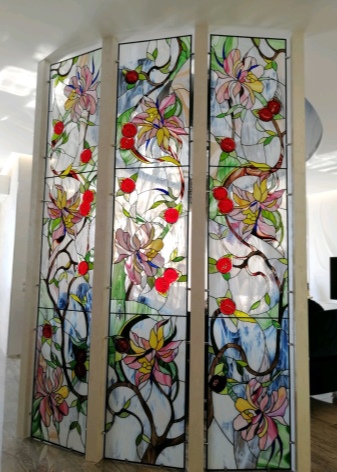
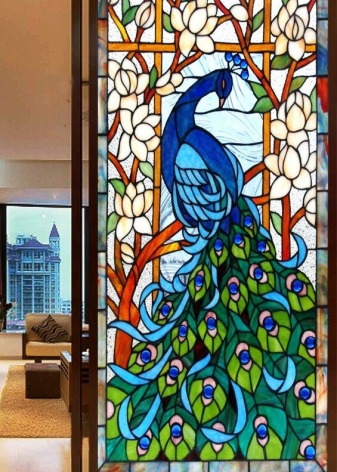
- admires the beauty of the lacobel stained-glass ceiling;
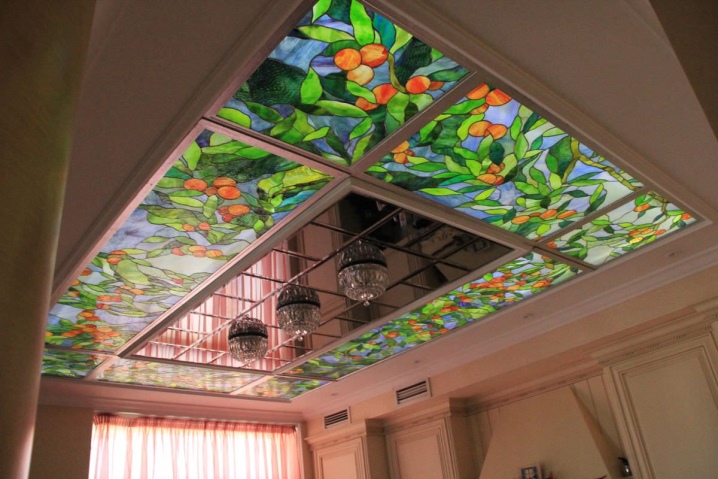
- drawings made of colored paint-and-lacquer glass decorate the walls of the premises.
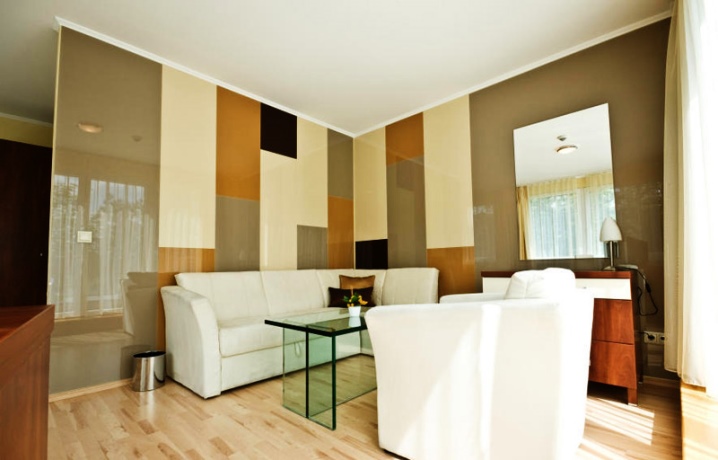
The value of successful color solutions is observed not only in stained glass design.
Pictures applied to lacobel glass in different ways also become a unique decor in the interior:
-
the front of the cabinet is decorated with delicate gilded ornaments on a light brown background;
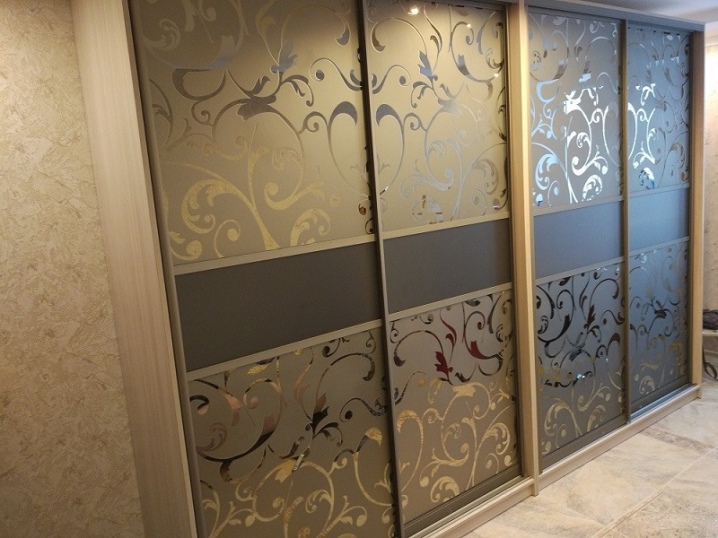
- a good solution is the design of matte surfaces by sandblasting;

- the milky coating of furniture doors is decorated with a transparent pattern obtained by removing fragments of the coloring layer.

Care rules
Delightful bright lacobel panels adorn furniture, walls, doors and windows. Do not forget that before us is glass, which does not tolerate rough careless handling - sharp blows, scratches, chips.
Caring for the product is no more difficult than for ordinary glass items. They are washed and wiped dry with a soft piece of cloth. You can use special chemicals that do not contain abrasive additives. Care should be especially gentle on the part of the paintwork, without the use of hard brushes and metal-based surface cleaners.
Lacobel is produced for indoor use. Products do not withstand long exposure to environmental conditions. If stained-glass window decoration is required, glass is inserted with a paint-and-lacquer coating inside the room.














The comment was sent successfully.